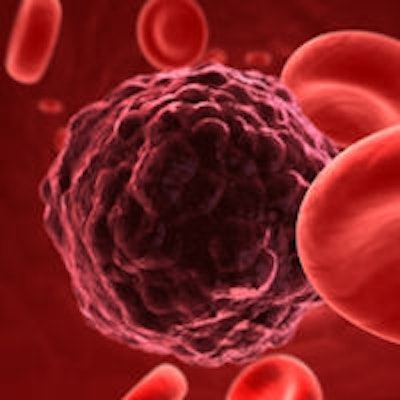
The rate of oropharyngeal squamous cell carcinoma (OPSCC) has increased alarmingly among young adults, and the human papillomavirus (HPV) may be to blame, according to a new study in Otolaryngology -- Head and Neck Surgery (January 22, 2014).
Between 1973 and 2009, OPSCC -- which includes the base of the tongue, tonsils, soft palate, and pharynx -- increased by 60% among people younger than age 45, according to researchers at Detroit's Henry Ford Health System and the Wayne State University Karmanos Cancer Institute.
Among whites, the rate of OPSCC more than doubled (113%), but declined significantly (52%) among African-Americans during the same period.
However, compared with whites and other ethnic and racial groups, the five-year survival rate remains worse for African-Americans, the study authors noted.
"The growing incidence in oropharyngeal cancer has been largely attributed to the sexual revolution of the 1960s and 1970s, which led to an increased transmission of high-risk HPV," said study co-author Farzan Siddiqui, MD, PhD, director of Henry Ford's head and neck radiation therapy program.
"We were interested in looking at people born during that time period and incidence of oropharyngeal cancer. Not only were we surprised to find a substantial increase in young adults with cancer of the tonsils and base of tongue, but also a wide deviation among whites and African-Americans with this cancer."
Head and neck squamous cell carcinoma (HNSCC) is the sixth most common cancer worldwide, with an estimated 600,000 cases diagnosed annually. Approximately 37,000 people in the U.S. will be diagnosed with oral cavity and oropharyngeal cancers in 2014, and an estimated 7,300 people will die of these cancers, according to the American Cancer Society. Head and neck cancers are more than twice as common in men as in women, and about equally common in African-Americans and whites.
Although HNSCC is often linked to alcohol and tobacco use, the pathogenesis of the disease is changing after studies showed that HPV is a major risk factor for the development of HNSCC, particularly OPSCC.
Traditionally, HNSCC mainly occurred among older, white males who smoked or drank alcohol. But in the last few years, the rate of HPV-related OPSCC has risen alarmingly among young adults who have never smoked or drink in moderation. This has been largely attributed to changes in sexual practices.
Studies have shown, however, that patients with HPV-related HNSCC have a better prognosis and survival.
For this retrospective, population-based study, the researchers used data from the Surveillance, Epidemiology, and End Results (SEER) 9 database, and analyzed 1,603 adults younger than age 45 who had been diagnosed with invasive OPSCC between1973 and 2009. Because the data did not include patients' HPV status, tumor grade was used as a surrogate indicator of HPV infection.
Most of the patients (90%) were ages 36 to 44 and the majority (73%) of them were white.
Among patients younger than 45, the incidence of OPSCC increased from 0.23 to 0.37 per 100,000 between 1973 and 2009. Notably, in the subpopulation of patients between 35 and 44, the incidence nearly doubled, from 0.79 to 1.39 per 100,000, during the same interval.
The incidence increased significantly among white patients, from 0.20 to 0.42 per 100,000, but declined among young African-Americans, from 0.67 to 0.32 per 100,000, the researchers found. Rates more than doubled for men (from 0.27 to 0.57 per 100,000) but remained stable for women (around 0.18 per 100,000).
During the 36-year period, the majority of patients (50% to 65%) had surgical resections for their tumors. Patients who had both surgery and radiation therapy had the highest five-year survival rate.
Patients with OPSCC were more than four times more likely than the rest of the population to develop a secondary cancer, the researchers found.
HPV vaccines have been found to prevent high-risk HPV infections, but so far they have not proved to prevent HNSCC, Dr. Siddiqui noted.
"These patients have a favorable prognosis and are likely to live longer while dealing with treatment-related side effects that may impact their quality of life," he noted.
The five-year survival for the study group was 54%, with no difference in survival based on gender. African-Americans, however, had significantly poor survival compared with other racial and ethnic groups.
"The predominance of oropharyngeal cancer in this age group suggests either nonsexual modes of HPV transfer at a younger age or a shortened latency period between infection and development of cancer," Dr. Siddiqui concluded.



















